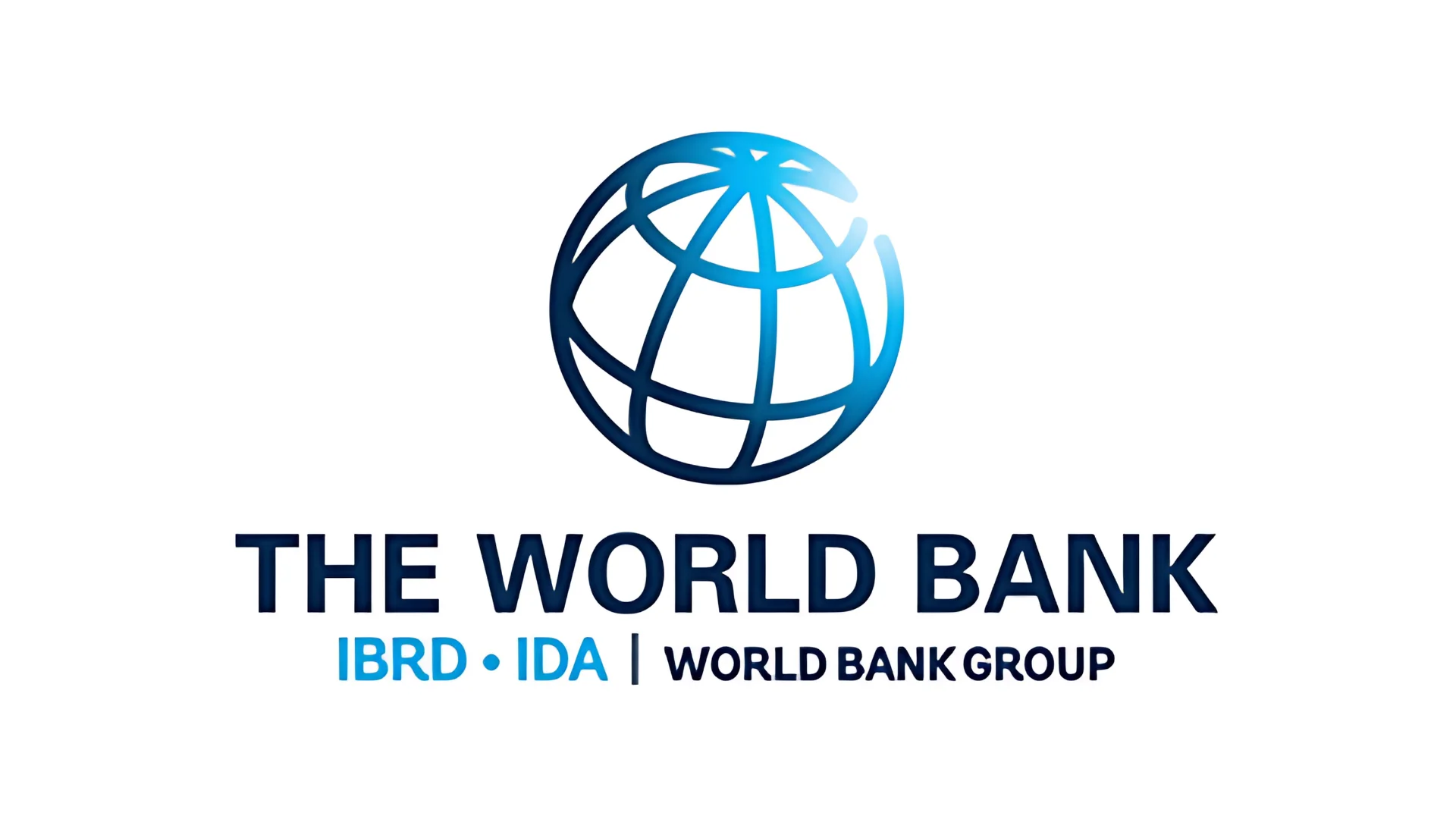Zambia's economy expanded by 4% in 2024, despite facing drought and power shortages. Growth was driven mainly by the mining and services sectors, while agriculture contributed less to the country's GDP.
The latest Zambia Economic Update (ZEU) reports that the country's economic outlook is positive. The report expects real GDP growth of 5.8% in 2025, with an average growth rate of 6.5% projected for 2026 and 2027. The recovery from last year's severe drought, along with adequate rainfall this season, is expected to support these gains.
The ZEU outlines several recommendations for sustaining this growth. These include increasing agricultural productivity by fully transitioning to the e-voucher system, improving how subsidies are targeted, and moving toward private-sector-led financing to reduce public liabilities. Other measures suggested are boosting competition in the energy sector to raise productivity, closing tax gaps through stronger revenue administration, and maintaining tight monetary policy to keep inflation expectations anchored and maintain policy credibility.
A special section of this ZEU focuses on how Zambia can use energy transition minerals (ETM) for economic transformation. In its analysis of ETMs, the report suggests Zambia should:
- Scale up ETM production by enacting broad reforms such as identifying mineral resources, ensuring reliable clean power supply and logistics, developing workforce skills, and managing environmental and social risks.
- Maximize fiscal potential by strengthening management of ETM revenues to support fiscal sustainability and long-term development goals.
- Add value to mineral resources by developing the copper value chain. This includes tackling barriers such as limited access to raw materials and finance, improving the investment climate, increasing electricity supply, and reducing trade and transport costs.
"The special topic section of this edition of the ZEU explores how Zambia can leverage energy transition minerals (ETM) for economic transformation."
"In its focused chapter on ETMs, the ZEU argues that to maximize this potential, Zambia should focus on: Scaling ETM Production: Implementing comprehensive reforms to boost ETM production, including identifying mineral resources, ensuring a reliable and cost-competitive clean power supply, transport, and logistics services, upskilling the workforce, and strengthening environmental and social risk management. Maximizing Fiscal Potential: Strengthening ETM revenue management and allocation to support fiscal sustainability and broader inter-generational development objectives. Adding Value to Mineral Resources: Developing the copper value chain and addressing barriers to greater value-adding activities, including the lack of access to raw materials and finance, enhancing the inefficient investment climate, augmenting the electricity supply, and reducing trade and transport time and costs."

